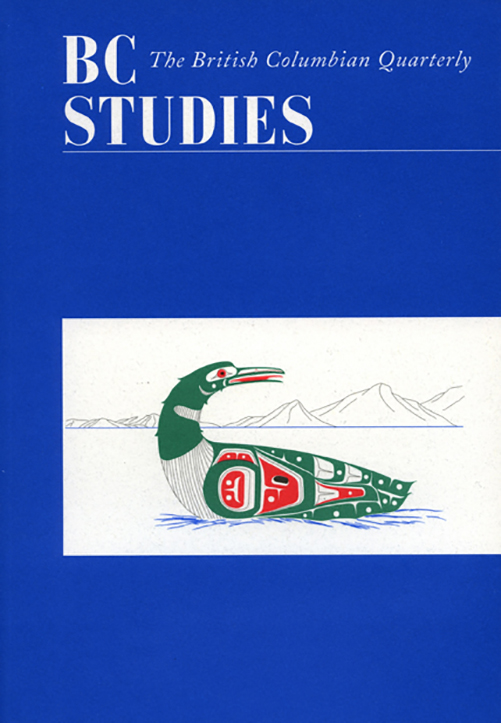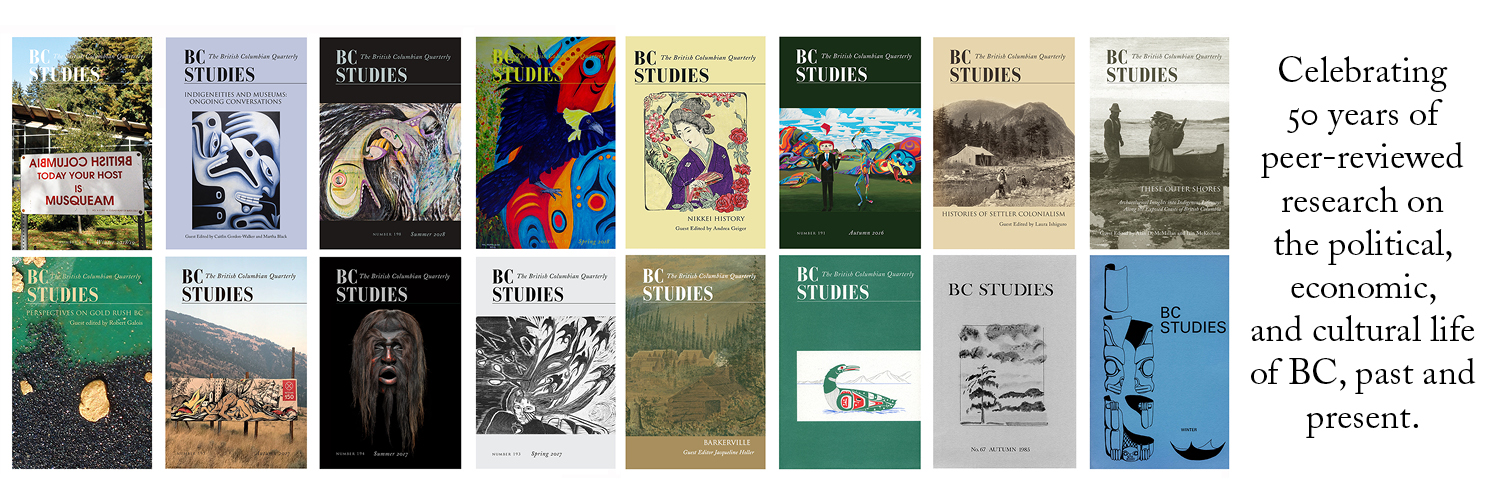Indigenous Rights and Environmental Governance: Lessons from the Great Bear Rainforest
DOI:
https://doi.org/10.14288/bcs.v0i172.2247Keywords:
environmental governance, indigenous rights, Great Bear Rainforest, aboriginal rights, economic development, environment, governmentAbstract
In British Columbia, conflicts over First Nations rights to natural resource management have become a common feature of the political landscape. A range of emerging issues — such as private hydroelectric developments, a resurgent mining industry, oil and gas exploration, and proposed pipelines — combine with increasingly robust legal grounds for First Nations rights to suggest that significant challenges to effective regimes of environmental governance loom on the horizon, as does their necessity. This article examines the negotiations that led to the novel forms of environmental governance that are being deployed in the central and north coast of British Columbia, also known as the Great Bear Rainforest. The negotiation processes, which included groundbreaking “government-to-government” negotiations between First Nations and the BC government, signal a significant shift in the way First Nations are involved in land-use decisions in British Columbia. The article considers the character of these negotiations, exploring what their wider implications and applicability might be for First Nations, the environmental movement, and the provincial government. Data were collected through semi-structured interviews, with individuals involved directly or indirectly in the negotiations; the analysis of the interview data situates interviewee insights within a wider consideration of strategies for achieving forms of environmental governance that are responsive to Aboriginal peoples’ rights. While many challenges remain in implementing the outcomes of the Great Bear Rainforest Agreements, important lessons can be learned from the processes that were used to reshape the future of this region.



